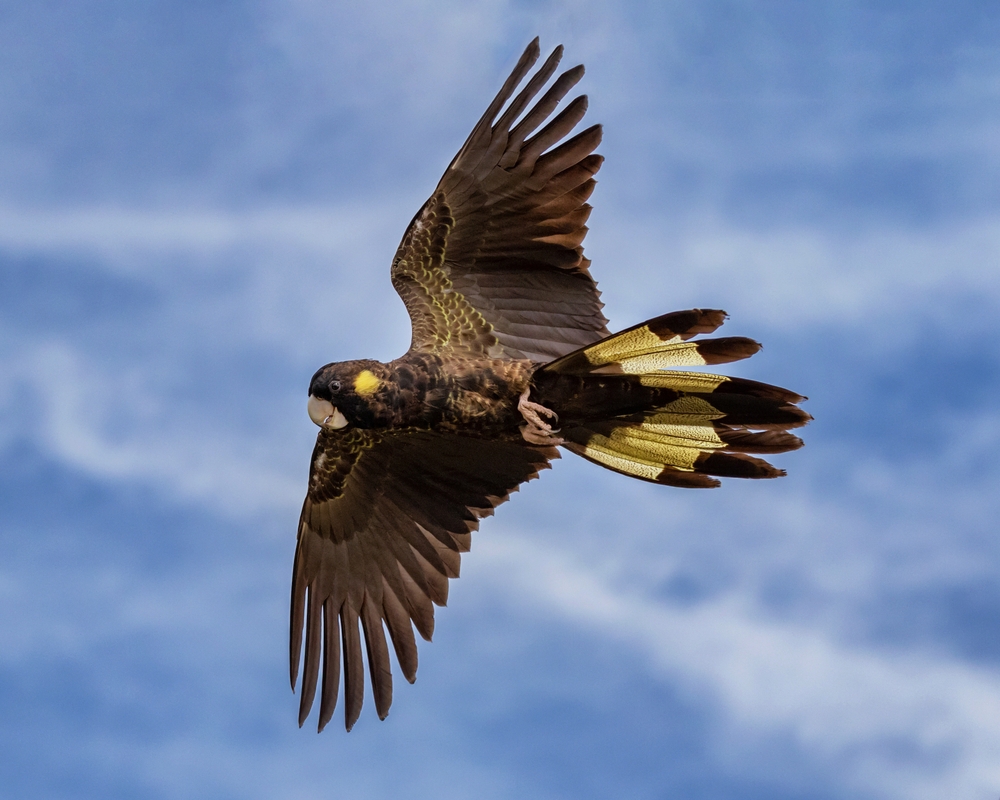| Common name | Black rat |
| Scientific name | Rattus Rattus |
| Type | Rodent |
| Diet | Fruit, grain, cereal, and other plant vegetation |
| Average lifespan | Between one year to 18 months |
| Size | Body length measures between 165-205mm, weighing in at 95-340g, with a tail length of 185-255mm |
Found on every continent on earth, the black rat was thought to be introduced to Australia as it crossed the seas on the First Fleet. Incredibly hardy and resilient, the black rat is the ultimate survivalist, having adapted well to urban environments, with the ability to make a home or meal out of anything.

Found throughout most of costal Australia, the black rat is a common inhabitant of urban environments but can also make its home within undisturbed patches of coastal land. An agile climber, this rat is often found living in high places like trees, house roofs, and cavity walls but can also make borrows closer to the ground, using shredded paper or other similar materials to form a nest. Unlike other species of rat, the black rat rarely swims and isn’t found in sewer pipes or drains but in almost all other urban environments near the coast, where it carries the reputation of being an invasive pest.
A medium sized rodent, the black rat almost always has a scaly tail that is longer than its body, with large, thin ears to match. Despite its name, the black rat is usually brown or grey in colour with a pale, white belly and its coat is sleek and smooth. Sometimes confused with native marsupial rodents of Australia, look to the front teeth to tell the difference – the black rat is easily set apart by its pair of chisel shaped incisors with hard yellow enamel covering their surface.
With a generalist unfussy diet, the black rat is nocturnal but can source food at any time of the day or night. Omnivorous, preferring fruit, grains, and other plant materials, within a natural environment, the black rat can also eat insects or other invertebrates when necessary. Within an urban setting, the black rat has adapted to eat most things, and is a known as a pest within farm settings, gnawing through many materials but especially grain and livestock feed, destroying what remains by excreting in it.
Social animals, groups of black rats usually consist of multiple females and multiple males. Breeding easily in summer and autumn, females can produce as many as five litters every year, with between five and ten young within each. Gestation ranges between 21 and 29 days and young rats are born blind but reach maturity within just three to five months.











